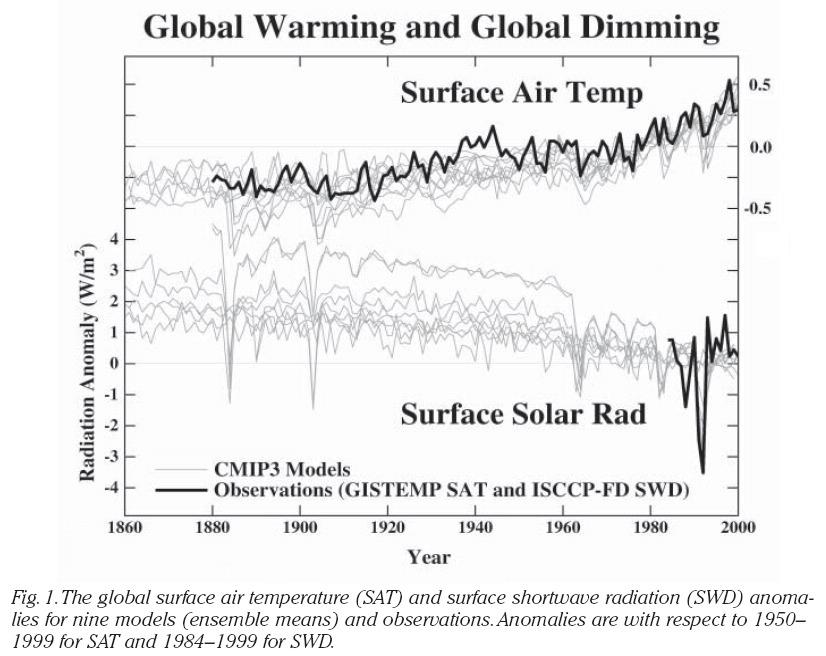“during this year a most dread portent took place. For the sun gave forth its light without brightness… and it seemed exceedingly like the sun in eclipse, for the beams it shed were not clear.”
This quote from Procopius of Caesarea is matched by other sources from around the world pointing to something – often described as a ‘dry fog’ – and accompanied by a cold summer, crop failures and a host of other problems. There’s been a TV special, books and much newsprint speculating on its cause – volcanoes, comets and other catastrophes have been suggested. But this week there comes a new paper in GRL (Larsen et al, 2008) which may provide a definitive answer….
Traducido por Angela Carosio
“en este año hubo un temido presagio. El sol dio su luz sin brillo…y parecía como un sol de eclipse, pues los rayos de luz no eran claros.”

